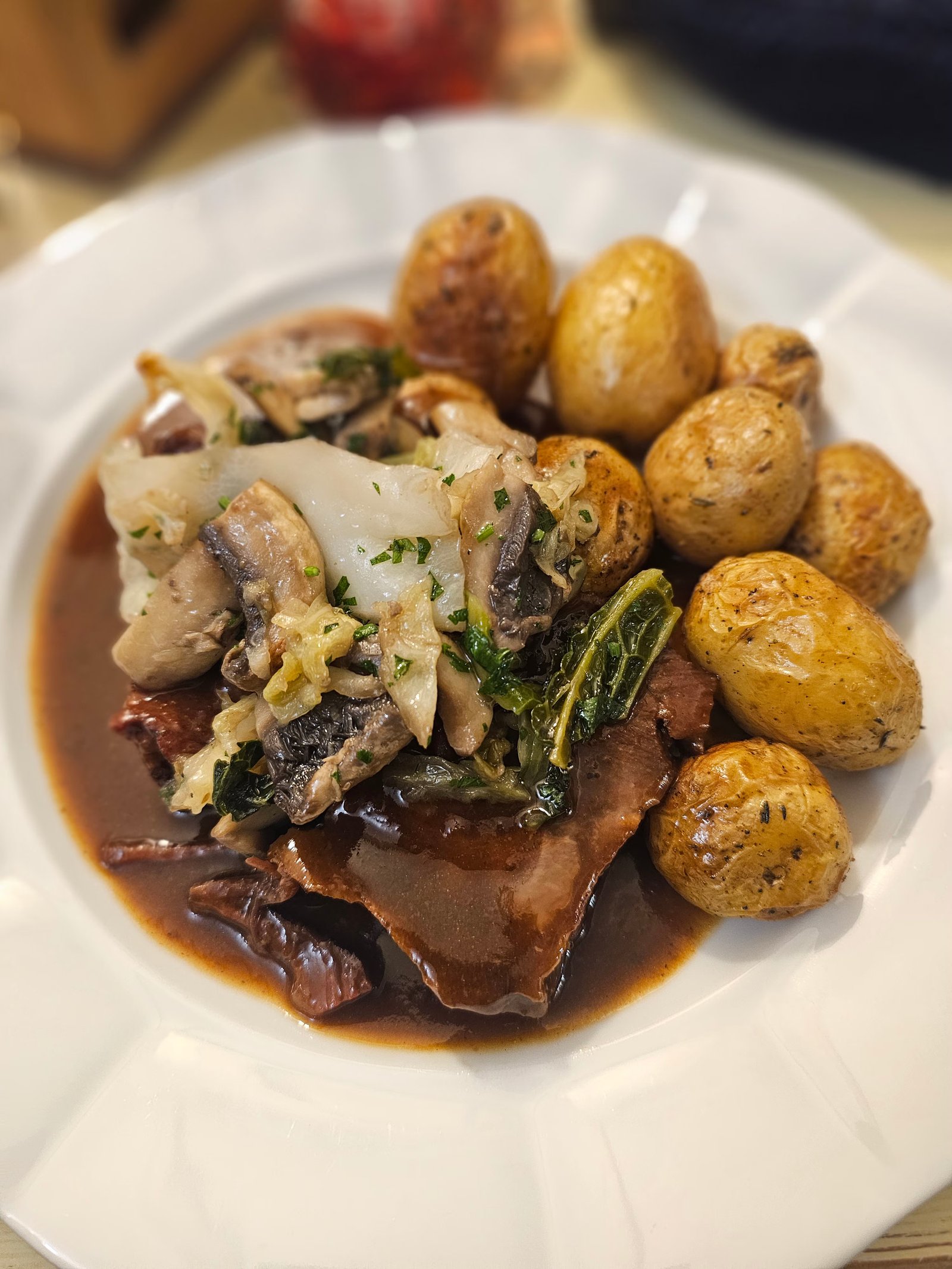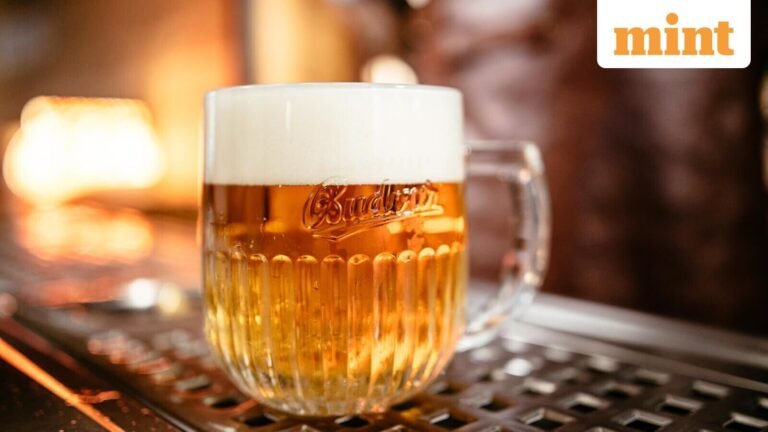Na zdraví!” Glasses of golden Budvar lager clink loudly to roars of a toast—meaning “To health!”—in a village pub in South Bohemia. Regulars are quick to remind me that this is the original Budweiser, brewed in České Budějovice since 1895, not the American namesake. The town, historically also known as Budweis, has been a brewing centre since the 13th century, and the original Budějovický Budvar brewery remains in production to this day.
Being state-owned, this iconic brewery shares its yeast with other microbreweries. I visit one such family owned establishment in Frymburk, where the brewmaster, David Krol, shares more beer wisdom. “Bohemian beer depends on four key ingredients: soft water, yeast, malt made from barley that gives the body and colour to the beer, and Saaz hops to lend the characteristic bitterness and aroma.” Budvar, slightly sweeter and more malty, is just one of this region’s contributions to global beer culture. The other time-honoured one is the 1842 pale lager from the city of Plzeň, which became the world’s “pilsner” template: light in colour, balanced in malt sweetness and hop bitterness, and defined by its crisp finish.
Brewing in Czechia dates back over a thousand years, with monks at Prague’s Břevnov Abbey making beer back in the 10th century. The country’s natural advantages still underpin the style—soft underground water, high-quality barley from Moravia, and the mild aromatic Žatec hop, now protected by European Union (EU) geographical indication. This explains the 400-plus brewhouses and microbreweries, each proudly crafting its own signature beer. Even the Frymburk beer that Krol brews is available only at his own restaurant.
The Czech beer-making process is equally distinctive. Most lagers here are bottom-fermented and matured cold for weeks in cellars. Brewing methods still rely on decoction mashing, a traditional process where part of the mash is boiled separately to deepen colour and malt character. Pilsner Urquell uses triple decoction while Budvar uses a double. I’m told that České pivo, meaning “Czech beer”, has the EU’s protected geographical indication, and its coveted quality can only be achieved by employing decoction mashing, amongst other criteria.
“The bottle is labelled 10 degrees—that’s a lot of alcohol,” I observe. My guide swiftly corrects me. Turns out, instead of alcohol percentages, Czech beers are marked as per the Balling or Plato degree scale, measuring sugar content before fermentation. Higher degrees mean fuller flavours and more alcohol. Most Czech lagers are 10 degrees or 12 degrees, a system rooted in old brewery records that locals still read instinctively.
While I am already aware that Czechs guzzle more beer per person (per capita is 126 litres per year, as per 2024 data) than anywhere else in the world, my understanding of the beverage’s gastronomical influence in the region is nascent. Beer foam itself has a vocabulary here: from the no-foam Čochtan, to the classic one-step pour with one-third foam called Hladinka, to the Mlíko, a glass served almost entirely as dense, sweet beer foam.
And then there are the Bohemian pubs with their menus anchored in meat, dumplings and sauce—food designed to match the lager’s clean bitterness. I have been devouring hovězí guláš—chunks of beef simmered for hours in an onion-rich gravy scented with paprika, caraway, and marjoram. The national dish, vepřo-knedlo-zelo, combines roast pork, fluffy dumplings, and tangy sauerkraut (shredded cabbage). Both pair naturally with a cold lager—its carbonation cuts through the richness while the malt sweetness balances the acidity of the meats.

View Full Image
For lighter pub fare, smažený sýr—fried cheese in breadcrumbs—goes well with a crisp pilsner, since its creamy interior is well balanced by the beer’s dryness. Such staple beer snacks are also stocked on the aisles of local stores dotting the South Bohemian countryside. My guide nudges me to pick up jars of utopenci, pickled sausages steeped in vinegar, onion and pepper, and nakládaný hermelín, marinated soft cheese ready to pair with beer back home.
I notice parts of the menus here are labelled “na pivu”—food cooked in beer—and they have me piqued. Pivní polévka, or beer soup, turns dark lager into a warming broth. The same malty depth shows up in beer-braised beef cheeks and pork, where caramelised sugars add colour without heaviness. Lighter lagers are used in batters for river fish and schnitzels, producing airy crusts. Even dessert isn’t spared. Bakers fold beer into chocolate cake for moisture and a hint of delectable bitterness. And for those wondering—yes, there’s beer ice cream too.
Interestingly, beer has outgrown the glass—and even the plate—in several regions of Czechia. Cellar tours, tavern visits, and tastings are now a necessary part of a visitor’s experience, whether for an ambient heritage stay or for immersive cultural learning. That’s not all. The concept of beer for wellness—the “beer spa”—has become fiercely popular among local regulars and visitors alike in recent years. I decide to indulge in one at Tabor’s Hotel Dvořák, a former brewery adjoining the town’s castle. The offering is to sink oneself in warm oak tubs steeped with brewer’s yeast, hops and malt, a concoction that’s said to soften skin and improve circulation. A beer tap within arm’s reach offers unlimited pours, letting me drink while I soak, and turning my restorative treatment into a social hour with co-travellers. I soon realise that the toast “to health” is taken quite literally here.
Shuvajit Payne is a Mumbai-based food and travel writer.

